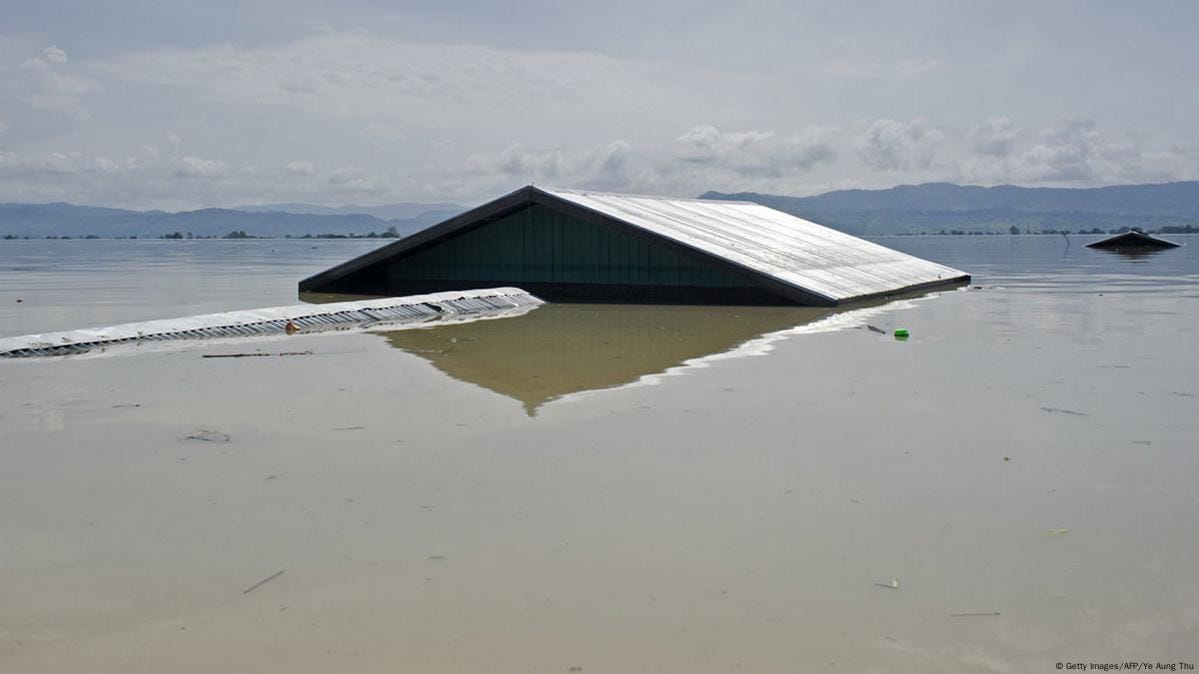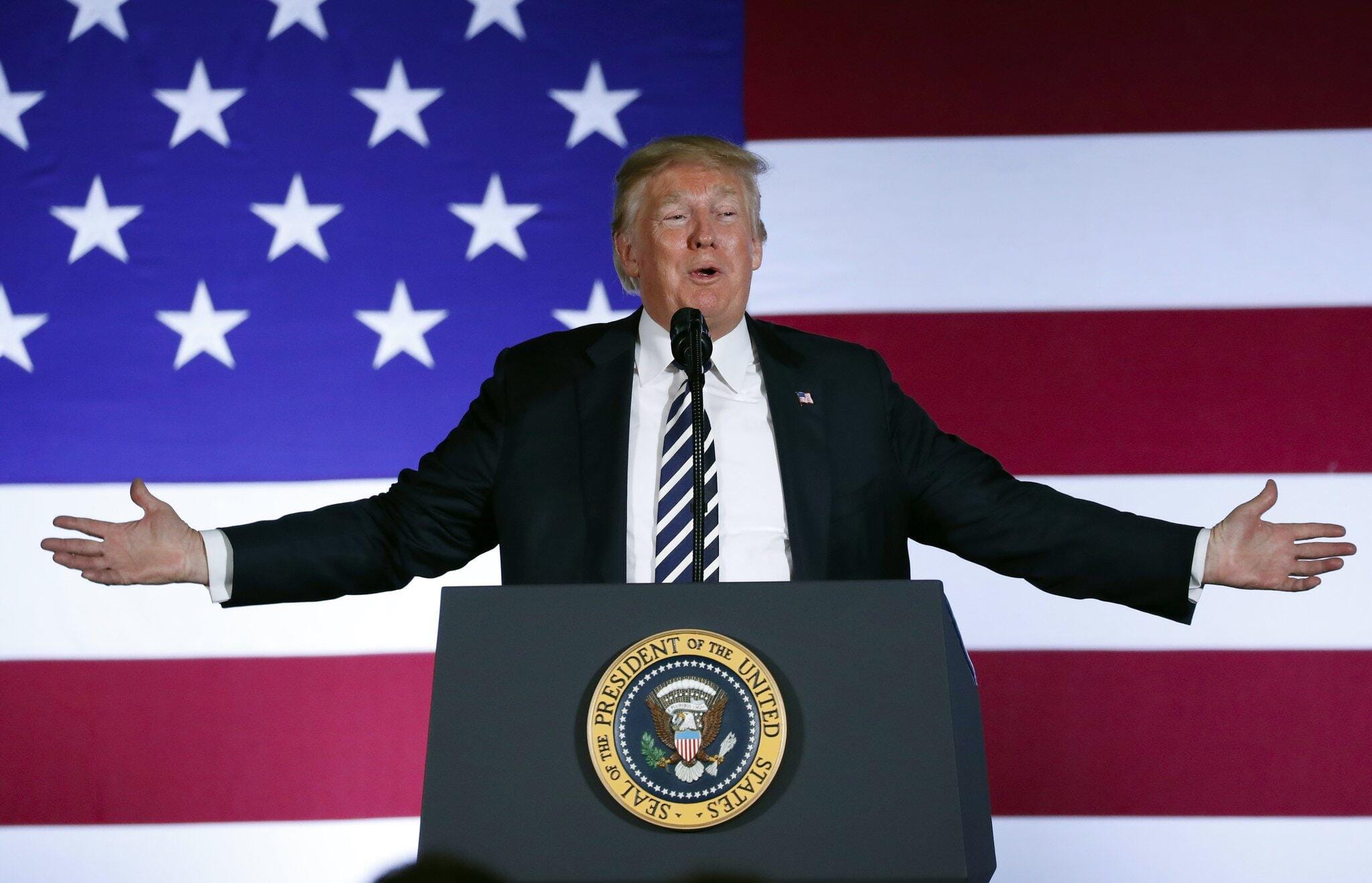In the aftermath of a significant earthquake that struck Myanmar, the ruling military junta has declared a temporary ceasefire to support humanitarian efforts across the affected regions. The earthquake, which registered a magnitude of 6.8, occurred in eastern Myanmar and caused widespread damage, leading to casualties and the displacement of many residents. This announcement comes as a critical step for the military, aimed at addressing urgent humanitarian needs while underscoring the complex political dynamics within the country.
The earthquake, which took place on a Tuesday afternoon, reverberated across various provinces, with reports of buildings collapsing and significant infrastructural damage. Emergency services and local authorities have been engaged in search and rescue operations, attempting to locate survivors while providing aid to those displaced by the disaster. Relief efforts have been hampered by ongoing conflicts in some regions, further complicating the response to the crisis.
The military’s temporary ceasefire covers the regions hardest hit by the earthquake and guarantees the safe passage for humanitarian aid. The junta’s decision was evidently influenced by the urgent need for relief operations to commence swiftly, enabling international and local NGOs to donate essential supplies, medical aid, and shelter materials. The ceasefire is expected to last for a limited time, reflecting the military’s need to balance internal security with humanitarian obligations.
This ceasefire marks a pivotal moment in a country that has been plagued by political turmoil following the military coup in February 2021. Since the coup, Myanmar has been embroiled in widespread civil unrest, with ethnic and pro-democracy groups opposing the military’s authority. These ongoing conflicts have rendered many areas inaccessible to humanitarian workers, making the need for a ceasefire even more urgent in the aftermath of the earthquake.
Humanitarian organizations have welcomed the ceasefire, viewing it as an opportunity to reach communities that have been cut off due to violence and military activity. Aid agencies have already begun to mobilize resources, focusing on food supplies, medical assistance, and psychological support for those affected. The prospect of uninterrupted humanitarian operations is crucial for the recovery of these communities, which are now facing the double challenges of natural disaster and conflict.
However, this temporary ceasefire raises several questions regarding its potential implications on the broader conflict in Myanmar. While the junta’s move may suggest a willingness to permit humanitarian access, many observers remain skeptical about the military’s long-term intentions. Historically, ceasefires in Myanmar have often been short-lived, with renewed hostilities following temporary pauses. The reality on the ground is often complex, and trust between the military and local populations has been severely eroded. This situation necessitates careful monitoring of the ceasefire and the military’s subsequent actions.
The international community, including the United Nations and various NGOs, continues to express concern about the human rights situation in Myanmar. They emphasize the importance of ensuring that humanitarian interventions do not inadvertently support military operations or detract from the ongoing struggle for democratic governance. Collaborations with local civil society organizations and grassroots initiatives may be critical to ensure that aid reaches those who need it most while maintaining respect for human rights and fostering community resilience.
In summary, the declaration of a temporary ceasefire by Myanmar’s ruling military following the devastating earthquake is a significant yet cautious step toward addressing the humanitarian crisis gripping the nation. As the country grapples with the aftermath of natural disasters and entrenched conflicts, the effectiveness of this ceasefire will largely depend on the military’s commitment to facilitating sustained humanitarian access and the willingness of the international community to provide assistance. The situation remains fluid, requiring continued attention to ensure that the needs of the affected populations are met efficiently and equitably. The hope now is that this ceasefire might pave the way for longer-term solutions and dialogue to address both the humanitarian crisis and the overarching political unrest that continues to plague Myanmar.



